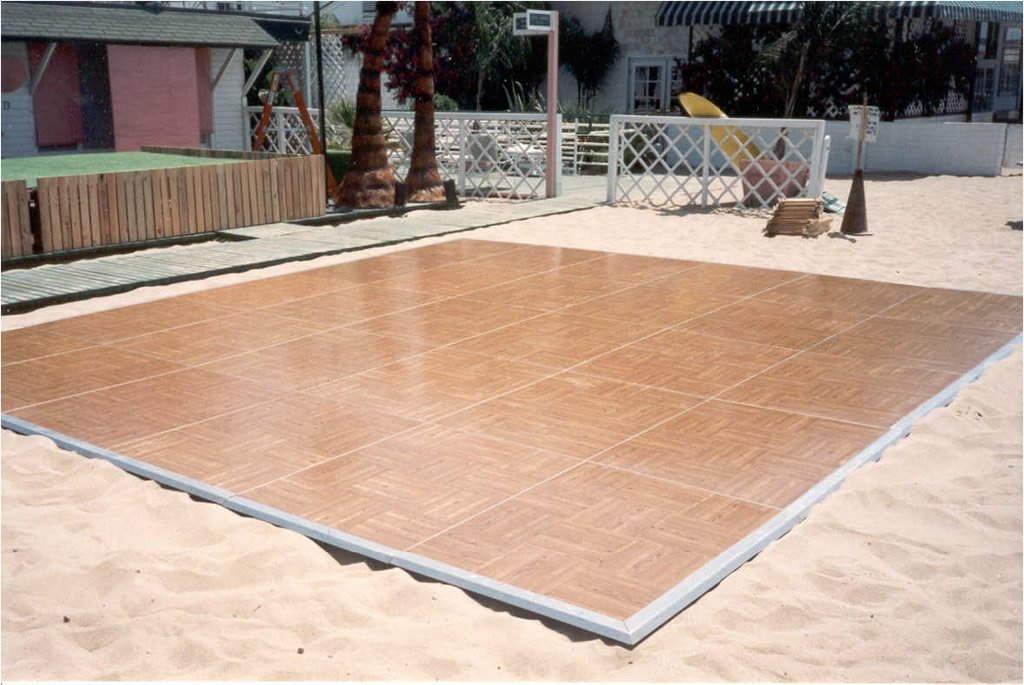Proven Methods to Prolong the Performance of Your Dance Surface
Wiki Article
To maintain a dance floor's durability, it is essential to comprehend the materials and construction that add to its strength. Performance floors are typically crafted from wood, synthetic, or customized foam materials. Each kind has its own benefits and disadvantages. Wood surfaces deliver superior resilience and shock absorption, rendering them suitable for various movement styles. Synthetic floors are often simpler to clean and can be engineered with slip-resistant surfaces, which is essential for protection. Custom foam floors provide padding, which can assist prevent accidents. Selecting the right option based on the planned use of the performance surface significantly impacts its lifespan.
Routine maintenance is essential for extending the life of a dance surface. This involves sanitizing and restoring the surface as required. For wooden surfaces, it is necessary to brush or hoover consistently to remove dust and grime that can scratch the finish. Additionally, using a sealant or finish every few years assists in protecting against humidity and erosion. Vinyl surfaces should be cleaned with appropriate cleaners that do not harm the flooring. Keeping a regular cleaning routine will not only maintain the look of the surface but also guarantee a safe performance environment.

Climate and moisture control play a learn about this here now significant role in preserving a dance floor's quality. Ideal conditions for timber floors are typically a heat range of sixty to eighty degrees Fahrenheit and a moisture range of forty to sixty percent. High moisture can lead timber to warp or form mold, while overly dry conditions can lead to cracking. In areas where humidity levels fluctuate, it may be advantageous to invest in a humidifier or drying unit. For vinyl or foam floors, maintaining adequate airflow can assist in reduce humidity accumulation that might compromise their stability.
Correct usage is another essential strategy for extending the life of a performance floor. It is important to establish rules for click activities that occur on the surface. For example, high heels or pointed items should be avoided as they can create permanent damage. Keeping fixtures away from performance areas also avoids scratches and dents from developing. If the space hosts various activities, using safeguarding mats during alternative uses can further protect the surface from wear.
Ultimately, regular professional evaluations are an effective method to guarantee ongoing upkeep of a dance floor. Engaging experts who focus on flooring can provide valuable insights into potential problems before they become serious problems. These experts can recommend advice on restorations or resurfacing options that might prolong the lifespan of the surface substantially. By investing in routine inspections and updates, facility managers can maintain that their performance floor remains secure, appealing, and practical for years to come.